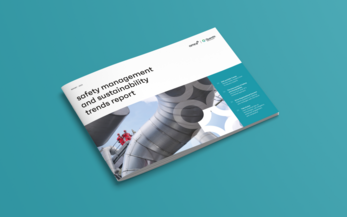4 minutes07/08/2021
Every year since 2016, select experts have examined the previous year’s trends and formulated an outlook on the future development of occupational health and safety as part of Quentic’s annual Safety Management Trend Report. This year’s report has been expanded to include the voices of practicing professionals for the first time. More than 600 professionals working in the field of occupational health and safety across Europe have shared their views on the current state of their industry.
How has the coronavirus pandemic changed work? What role has the continuous advance of digitalization played in this? And what new tasks has it created for these professionals?
The COVID-19 pandemic has inspired a renewed attention on occupational health and safety. The sector has enjoyed far greater appreciation as a result, but still faces major challenges. Solutions include digitalization and the use of modern technology – areas where significant progress has been made during the pandemic and, it is hoped, will make occupational health and safety more effective and crisis-resistant in the future. Respondents also indicated the importance of interpersonal aspects and addressing the issues of wellbeing and mental stress. There is a consensus that additional hygiene concepts and an increased focus on online training will remain with us after the crisis has passed, becoming part of our “New Normal”.




